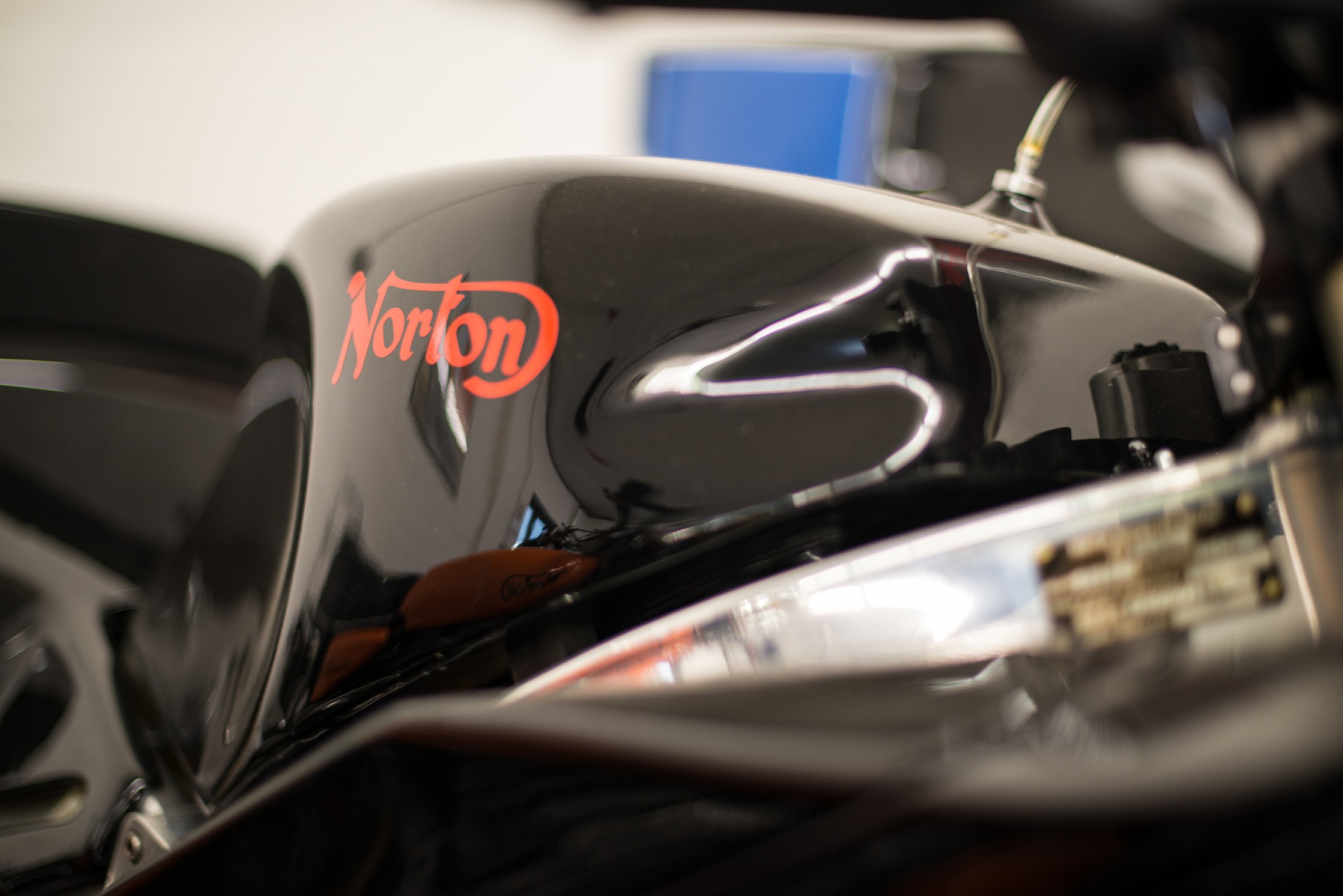NickZ
VIP MEMBER
- Joined
- Oct 31, 2018
- Messages
- 457
Actually says one full turn in the pre-Mk3 and Mk3 manuals (but 1/4 turn in the early Commando manual).

For more confusion on this subject, see Service Releases
N26 (December 1970):
"Clutch slip can be caused by incorrect free play on the
clutch push rod or lack of free play on the clutch cable.
To adjust, slacken off as far as possible the cable adjuster
at the handlebars control. Remove the large slotted plug
on the primary chaincase to gain access to the diaphragm
spring centre adjuster locknut. Slacken the locknut and
then, using a screwdriver, screw the slotted adjuster gently
home until contact with the clutch push rod can be felt.
At this stage unscrew the adjuster one quarter turn. Now,
holding the adjuster with a screwdriver to prevent movement,
tighten the locknut fully. Clutch push rod adjustment
is now correct and the plug in the chaincase can be
replaced."
and
N75 (March 1972):
"The factory recommendation for adjustment at
the clutch pushrod up to the present time has
been to screw the adjuster in to give no free
movement, then back the adjuster off one quarter
turn. Field’jexperience has resulted in the use
of two different settings: one quarter turn for
motorcycles on which the clutch has bedded down
or one whole turn where a new clutch is in use.
Further tests reveal no problems from the
continued use of the one whole turn setting, rather
the reverse. It is for this reason that we have now
consolidated on the one whole turn setting which will
now be used on production and shown in all new service
publications."

